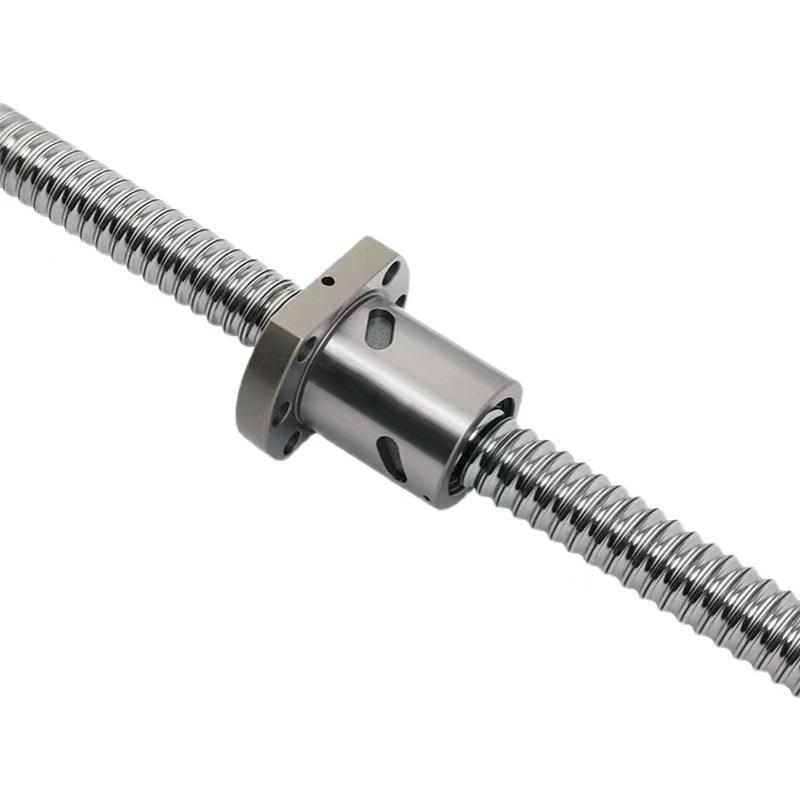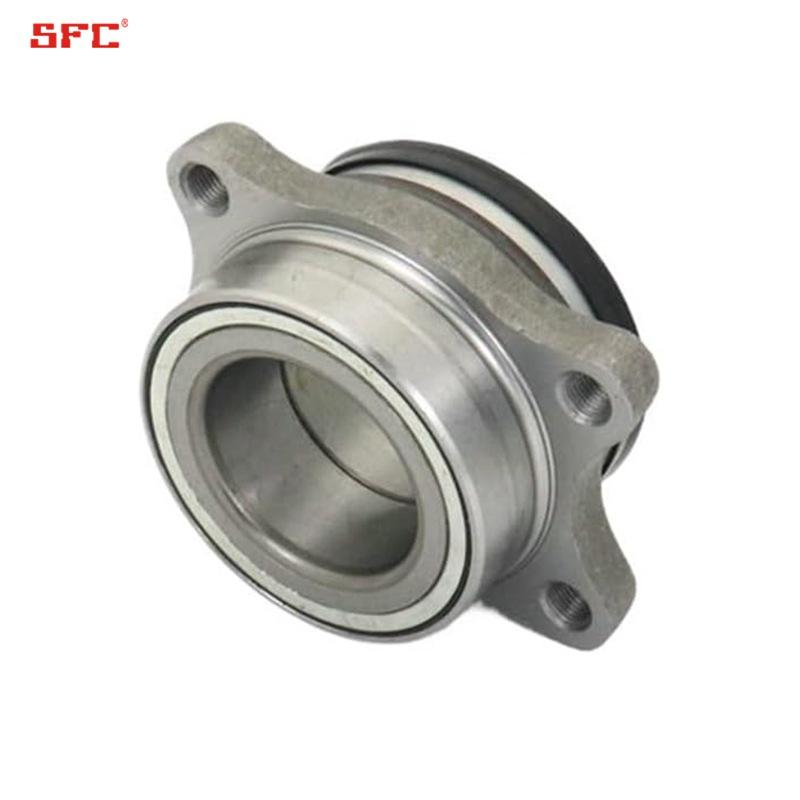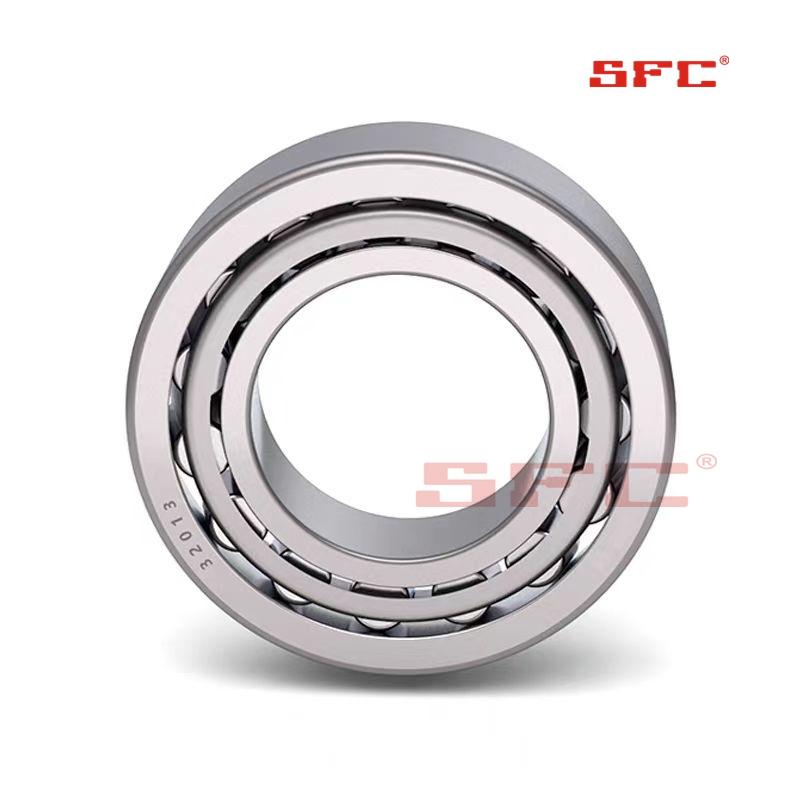How to Install The Ball Screw
As an efficient transmission product that converts the rotational motion of the motor into the linear feed motion of the nut, the selection of ball screw accuracy and assembly form has a significant impact on the accuracy assurance, speed assurance, and operating life of the system in practical use. We take three common installation forms of lead screws as examples to analyze their advantages and disadvantages, hoping to be helpful for readers in future lead screw installation design.
1、 Installation form and force of ball screw pair
There are three fixing ways to install ball screw :
1. One end fixed, one end free
The fixed end bearing bears both axial and radial forces. Common standard screw support seats: BK, EK, and FK series are all fixed supports. Both use two 60 degree angular contact ball bearings for face-to-face use.
Among the three common installation methods for lead screws, this installation method has low buckling strength and critical speed under the same diameter, length, and load conditions. The thermal expansion of the screw has a significant impact on accuracy. Therefore, this type of lead screw installation method is often used for situations where the lead screw stroke is very short, the speed requirement is not high, and the accuracy requirement is not high. It is often used for the vertical installation of the lead screw in the Z-axis direction.
2. One end fixed, one end supported
One end of the screw is fixed and the other end is supported. Common support seats at the support end include products such as BF, EF, FF, etc. Deep groove ball bearings are used here. The fixed end bears both axial and radial forces simultaneously; The supporting end only bears radial force and can perform slight axial floating, which can reduce bending caused by the weight of the lead screw. At the same time, the thermal deformation of the lead screw can freely extend towards one end. In this structure, the buckling strength and critical speed of the lead screw are both in the middle. This structure is widely used, and currently used in small and medium-sized CNC lathes, vertical machining centers, etc. in China.
3. Fixed at both ends
Both ends of the lead screw are fixed. Both fixed end bearings can withstand axial forces simultaneously. This support method can pre tension the lead screw, causing a certain amount of elastic deformation in the axial direction of the lead screw, improving the support stiffness of the lead screw, and compensating for the thermal elongation deformation of the lead screw. Reduce the gravity droop when using the lead screw horizontally. Among the three combination support methods, the fixed installation method at both ends is an ideal combination for critical speed and buckling strength. This combination is widely used in large machine tools, heavy-duty machine tools, and high-precision boring and milling machines, often adopting this scheme. However, the adjustment of this type of lead screw is quite cumbersome, especially for large diameter lead screws. Pre stretching has very high requirements for bearing load and frame rigidity. The enormous tensile force can cause rapid wear of bearings. Therefore, in order to solve the problem of horizontal installation of long stroke ball screws, the commonly used method is to fix support at both ends and pre stretch, and then add auxiliary support at the bottom of the screw. At the lower part of the screw, a bracket is used to directly lift the screw. When the nut runs to the bracket position, the bracket actively avoids it. To solve the problem of sagging of the lead screw and low critical speed.
2、 Regarding the pre stretching of the lead screw, make a few explanations.
Step 1: Based on the designed load and usage frequency of the equipment, it is necessary to estimate the temperature rise of the lead screw in advance. Based on the value of this temperature rise and the length of the lead screw, calculate the possible temperature rise of the lead screw




